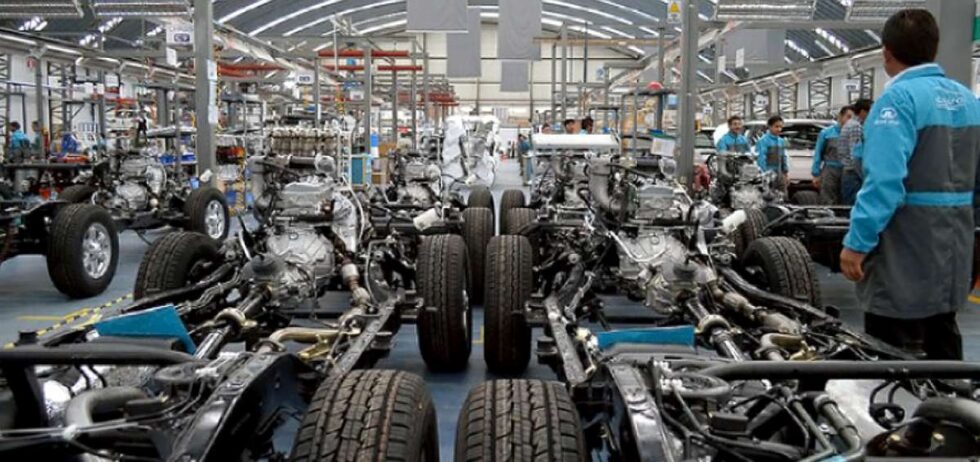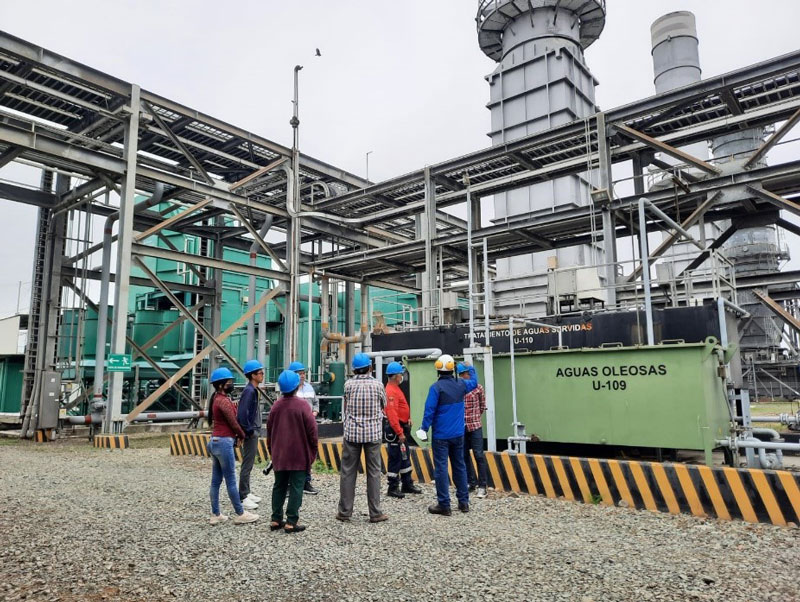Understanding how the natural ‘feel-good’ hormones work and how they affect our lives
By Daryl Austin
People around the world are triggering the release of their feel-good hormones in ways they may not realize; athletes chase that elusive runner’s high; people laugh out loud to shared memes, couples spark a connection between the bedsheets.
 But chemical reactions are not associated with every physical activity, and certain behaviors do more long-term harm than good. What’s more, the release of these chemicals is not always a natural occurrence. For some people, inherited genetic disorders or other factors may affect their ability to produce or metabolize these hormones. For such individuals, prescribed medication may not only be useful, but vital.
But chemical reactions are not associated with every physical activity, and certain behaviors do more long-term harm than good. What’s more, the release of these chemicals is not always a natural occurrence. For some people, inherited genetic disorders or other factors may affect their ability to produce or metabolize these hormones. For such individuals, prescribed medication may not only be useful, but vital.
For everyone else, however, understanding the triggers that naturally activate each chemical release can be helpful. Here’s what works —and why— to naturally “boost” one’s happy hormones.
What are ‘feel-good’ homones
The brain responds to various stimuli by producing chemical messengers called hormones that travel via the bloodstream to different areas of the body where they trigger specific functions or feelings. One group of hormones—dopamine, serotonin, endorphins, and oxytocin—has been nicknamed the “feel-good hormones.” The release of each of these chemicals is linked with specific lifestyle, exercise, and dietary choices.

Having fun with friends, pending time in the sunshine, exercising, and meditating, can all trigger a release of serotonin—a natural mood booster.
When and how much of these hormones are released is determined, in part, by one’s baseline association with a specific food or activity. For example, Anna Lembke, a physician and professor of psychiatry at Stanford University School of Medicine, says she loves chocolate, so when she thinks about eating it, the brain releases a hit of dopamine giving her a feeling of pleasure. That “naturally creates the motivation or craving to do the work to get it,” she explains. This means that because of her baseline association with the treat, the hormone not only rewards her when she eats chocolate, but also pushes her to find more of it when she thinks of it.
But chemicals like dopamine are not meant to be present all the time and must “turn off” to do their job the next time an opportunity arises. “If a lion’s dopamine were always on, it would run after everything and wouldn’t have the energy to prevail when it saw a good prospect,” explains Loretta Graziano Breuning, a professor emerita at California State University, East Bay, and author of “Habits of a Happy Brain.”
Rewarded by dopamine
Though studies reveal controversy over how dopamine-producing neurons reinforce learned behaviors versus enticing new ones, it’s been established that this feel-good neurotransmitter recognizes and rewards certain activities more than others.
Dopamine is produced in two adjacent midbrain sites called the ventral tegmental area (VTA) and substantia nigra. Research shows that the primary function of dopamine is to act as the brain’s reward system.
Satisfying food cravings such as chocolate, accomplishing a goal or task, and self-care activities like jogging or taking a hot shower can all trigger a release of dopamine which induces a feeling of happiness and a desire to return to the food or activity.
Though some drugs and alcohol may also release a flood of dopamine and create a sense of euphoria, “repeated use of these substances can lead to abnormally low levels of dopamine transmission and a dopamine-deficit state, which is akin to clinical depression,” explains Lembke. For this reason, she says it’s better to trigger the release of dopamine naturally by doing the work necessary to release the hormone through activities like exercise, “so dopamine levels rise slowly over the course of the activity and remain elevated afterward.”
Stabilized by serotonin
Serotonin is known as “the natural mood booster” because low concentrations of the neurotransmitter have been linked to depression. That is why some antidepressants succeed by increasing serotonin levels. Studies show the hormone also influences memory, improves learning rates, and promotes relaxation.

Laughing triggers the release of endorphins, which help reduce stress.
Although small quantities of serotonin are produced in the brainstem, the hormone is “largely produced by specialized cells in the gut,” says Emeran Mayer, director of the G. Oppenheimer Center for Neurobiology of Stress and Resilience at the University of California, Los Angeles.
Spending time in the sunshine, exercising, and meditation, can all trigger a release of serotonin. Becoming self-sufficient and taking care of oneself can, too. “When you trust your own ability to meet your needs, your mammal brain will reward you with serotonin,” says Breuning.
Relieved by endorphins
If you’ve ever pushed through the pain of sprinting up a hill, you have endorphins to thank for the boost. Rooted in the same word as the opioid morphine, “endorphins are the body’s natural painkillers,” says Breuning. The neurotransmitter is synthesized and stored in the pituitary gland, which is located at the base of the brain, behind the bridge of the nose.
In addition to helping mask pain, research shows endorphins can also help reduce stress and improve mood.
Endorphins are released through exercise, experiencing entertainment such as music and movies, and through laughter. “Laughing triggers deep muscles that don’t get much activation, which gives you a small spark of endorphins,” explains Breuning.
The hormone is also often associated with the aforementioned “runner’s high,” but research from Johns Hopkins University School of Medicine in Baltimore suggests that the post-run euphoria is more likely the result of the release of other biochemical substances —endocannabinoids— that are also produced in the body.
Socially connected by oxytocin
Once dubbed “the love hormone,” but since shown to be so much more, oxytocin is produced in the brain’s hypothalamus and released into the bloodstream by the pituitary gland.
Studies show that its main function is to aid childbirth, the postpartum period, and lactation in mothers; but oxytocin also helps improve social interactions and motivates one to find and develop deeper connections. In that way, the hormone assists humans in the same manner it helps animals.
“When an animal gets too isolated, a predator can wipe them out in an instant,” explains Breuning. Because of this, she says, isolation naturally triggers negative emotions. Oxytocin, on the other hand, “triggers a good feeling when the mammal returns to the safety of social support.”
Kent Berridge, a professor of psychology and neuroscience at the University of Michigan, adds that the release of the hormone isn’t always the manifestation of something good. That’s because oxytocin can also increase feelings of jealousy, “so it may promote social emotions of both positive and negative types,” he explains.
Physical touch such as holding hands, hugging, or connecting sexually are surefire ways to trigger oxytocin’s release. Socializing conversationally, serving others, and interacting with a pet have also been shown to deliver a boost of the chemical.
Some chemical releases last longer than others
Regardless of which behavior triggers each hormone, Breuning says each chemical is designed to only “be released in short spurts.” Once the chemical is metabolized, she says, “the good feeling is over.”
Mayer explains that the rush that comes from endorphins and dopamine endure for less time, while boosts related to serotonin and oxytocin “are more long lasting.”
Regardless of the duration of each “natural high,” our bodies eventually return to their baseline levels until reward or motivation is needed or sought out anew. In this way, Breuning says “we always have to do more to get more.”
___________________
Credit: National Geographic


















